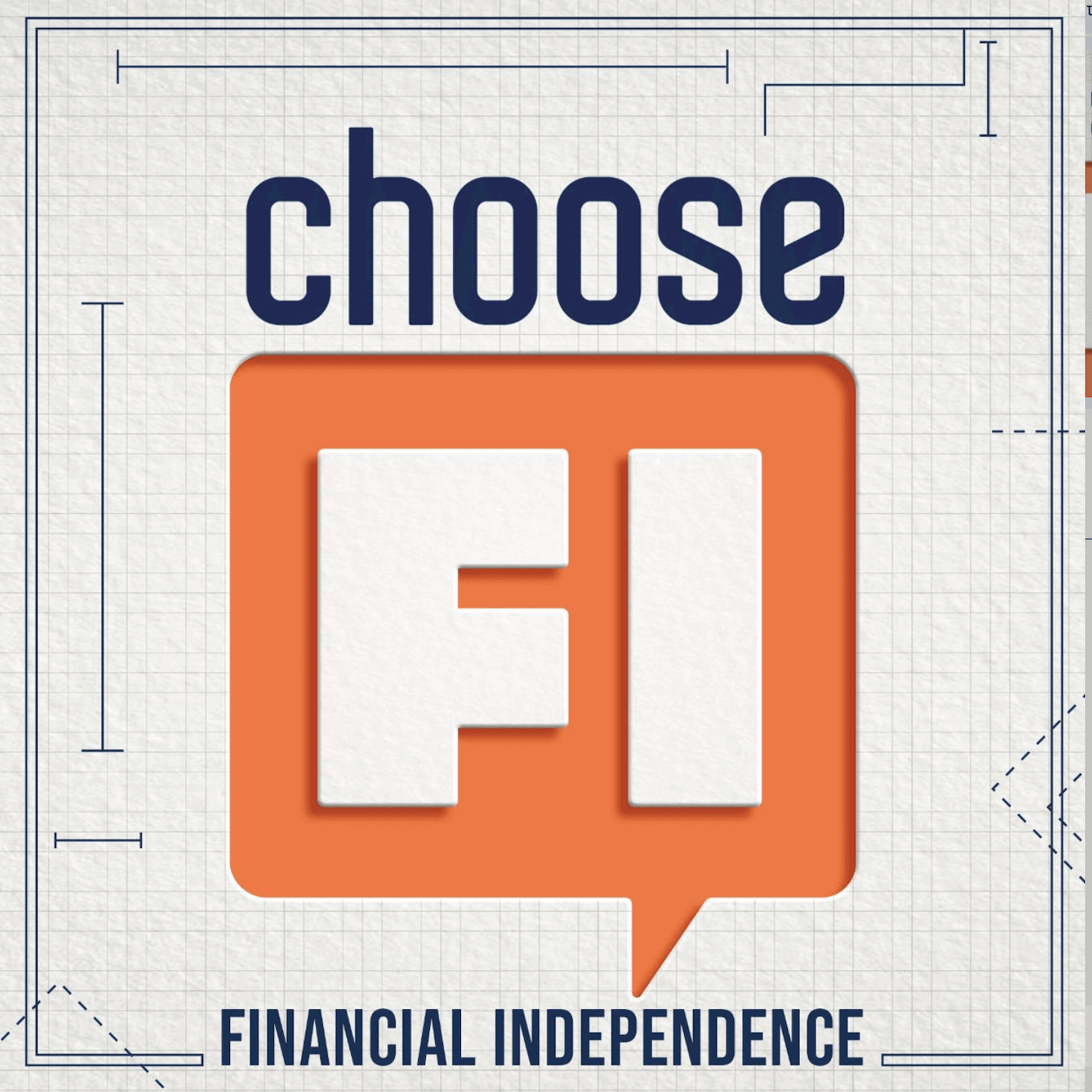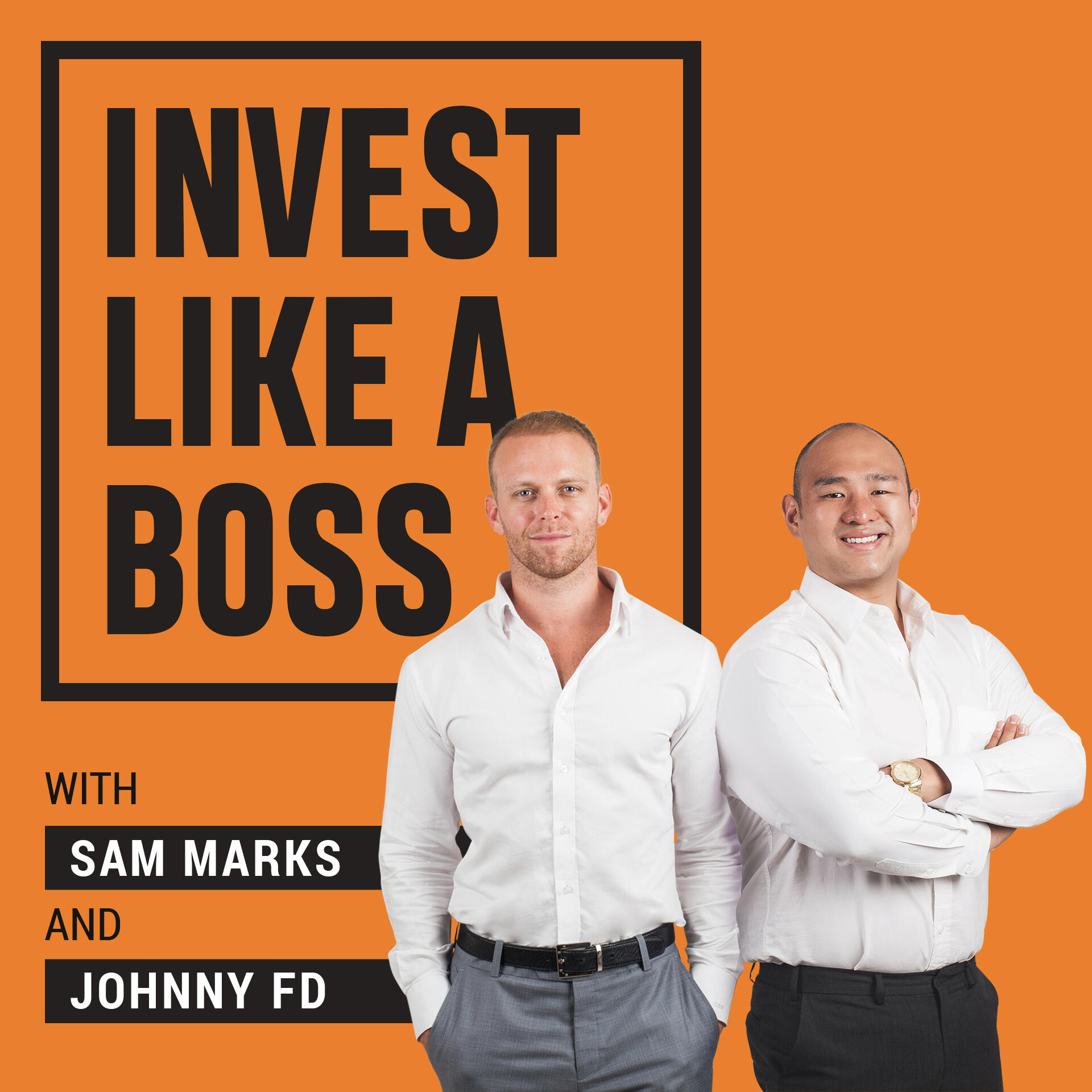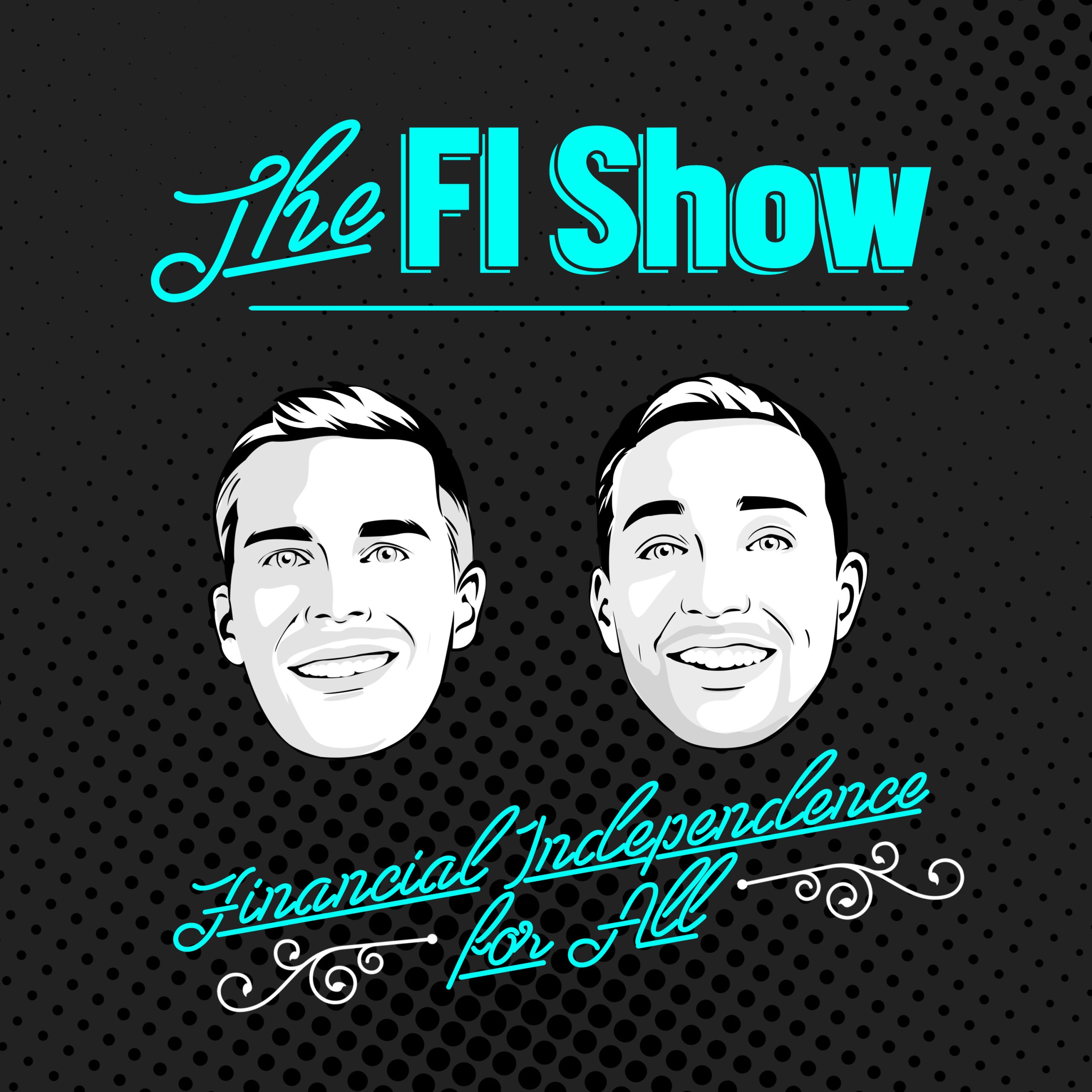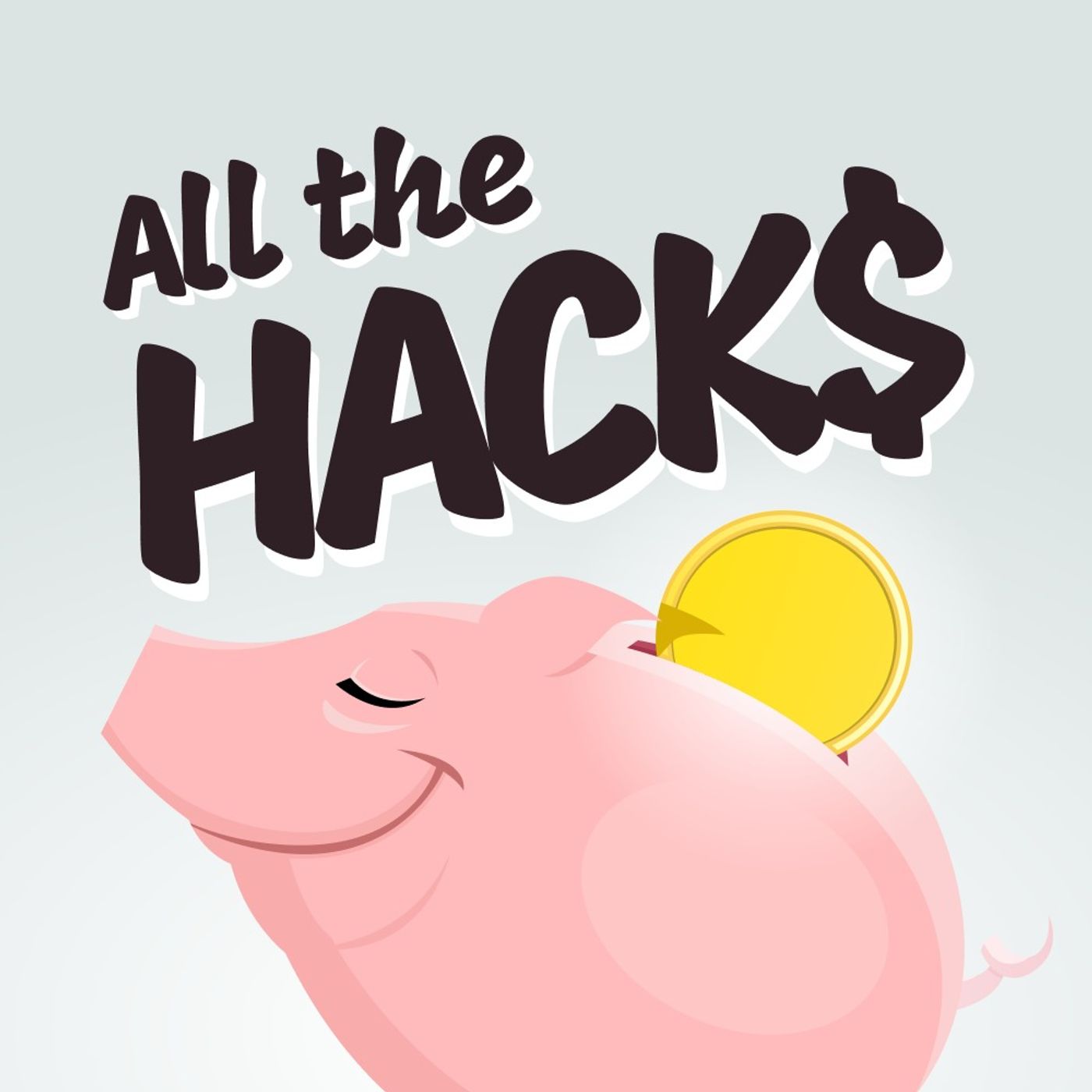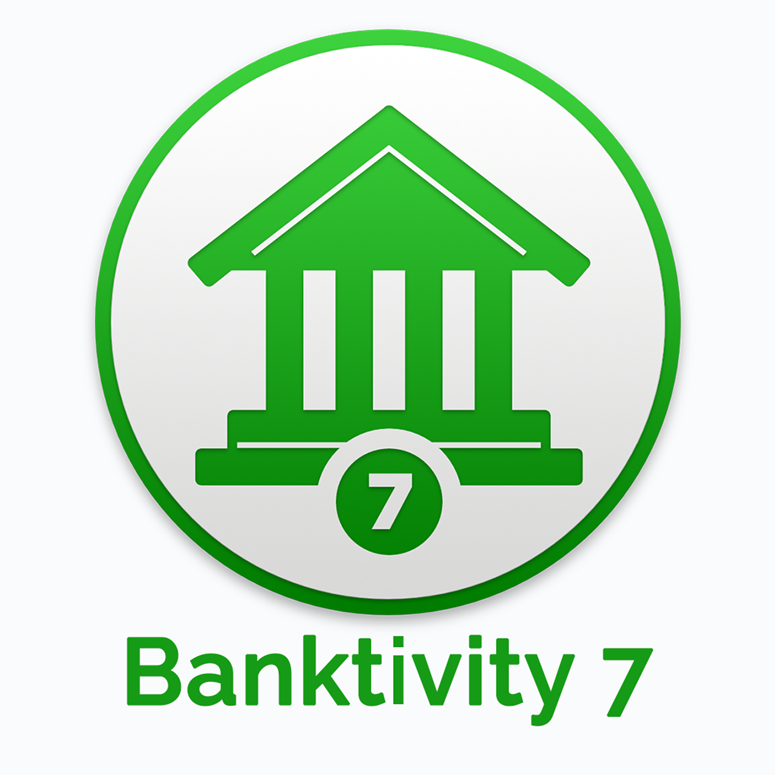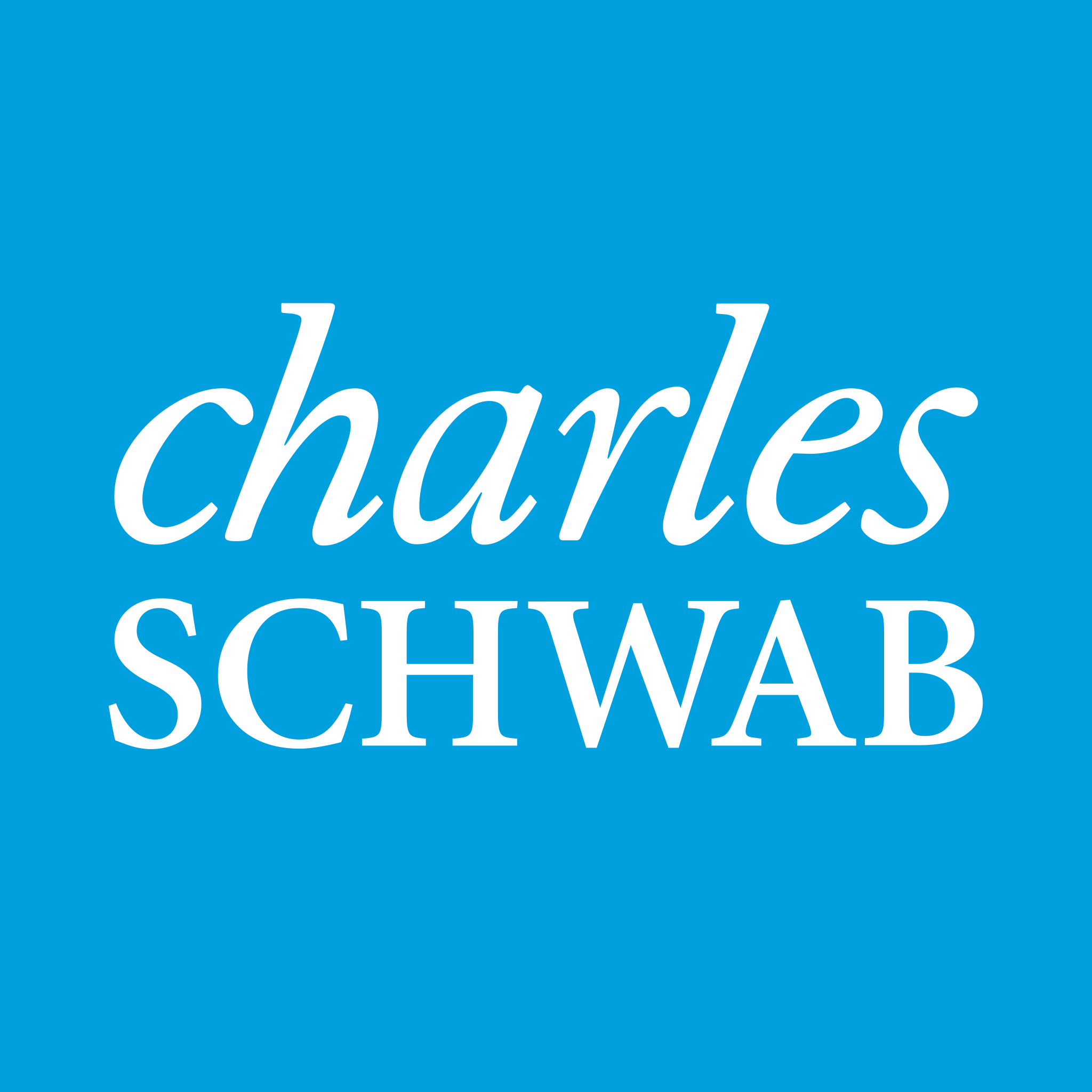Helen & Tim Travel: FIRE Movement Tips
We share Financial Independence Retire Early (FIRE) tips and resources to help you travel more and worry less about your financial futureAffiliate links: Some of the products and services we recommend contain affiliate links that give us a small commission if you make a purchase and add no additional cost to you. These commissions support Helen and Tim Travel to continue to create content, resources, and travel videos. We appreciate you stopping by and we are thankful for your support!
FIRE is method of increasing your savings rates with a goal to retire before the traditional retirement age of 65 and being mindful of how much you are spend depending on your income level. This method of saving and being conscious of your spending can fast track your retirement age and cut it down by decades. Imagine all the things that you could do with that flexibility? You could actually live out your hopes and dreams!
How our FIRE journey started?
Our page describing our FIRE journey is not meant to be one size fits all. Each person’s FIRE journey is very different. These opinions are our own and is not meant to serve as financial advice. Please consult with a professional accountant, lawyer, and/or financial advisor (e.g. fee-only fiduciary!) for financial services and guidance.
We spent a couple years finding these resources and they have helped us a lot in our FIRE journey. We will only recommend resources that we use in our every day lives. We hope you find these resources and FIRE movement tips helpful. Please let us know if you do!
Our Financial Independence Retire Early (FIRE) journey started when we first met with a financial planner. The financial planning session was $300 and gave a projection of how much we needed to save to retire at the “traditional” retirement age of 65. It was a wake-up call that we were not saving enough money for traditional retirement age at 65.
The financial planning session was a very eye-opening session as we quickly found out we were not maximizing our pre- and post-tax retirement accounts (e.g. 401k, 403b, 457b, ROTH IRA) and also noticed that we were spending more than $800 eating out each month. Also, we had acquired over $80,000 between Tim’s student loans, and our two car payments. A this point in time, we had no plans to pay them off quickly.
We needed to come up with a plan to figure out how to get a better grasp of our financial state and debt repayment plan. If it wasn’t for that financial planning consultation and then further researching online, we wouldn’t have started to budget and discovered the FIRE movement.
We started our FIRE journey by opening up a high yield savings account and then we started to invest in low fee investments, such as index funds and saving money at a higher rate of savings through our pre and post tax retirement accounts.
We also wanted to build a lifestyle that aligned with our life’s purpose: travel, hiking, and spending time with friends and family. So how could we maximize our savings beyond our two W2/full-time jobs? We started brainstorming side hustle ideas and that’s how PTTimewithTim, Anchor and Pine Collective, and our YouTube channel, Helen and Tim Travel were born.
The FIRE concept changed our lives and our future track, so we want to share it with as many people as we can because of its’ impact.
We are projected to reach FIRE in the next 6 to 8 years. We want to enjoy the FI journey as much as our hiking adventures. It’s about the journey and not the destination. We will always have some form of work and will never truly retire, but the ultimate goal is time freedom, having the choice to be work optional or even work part-time because we enjoy it.
This FIRE journey and process isn’t about retiring early, but rather to pursue our passions in a more thoughtful and timely way.
What is FIRE?
FIRE is method of increasing your savings rates with a goal to retire before the traditional retirement age of 65 and being mindful of how much you are spend depending on the income you are bringing in.
This method of saving and being conscious of your spending can fast track your retirement age and cut it down by decades. Yes, DECADES! Imagine all the of the places that you could go and things that you could do with that kind of flexibility? You will no longer need to rely on a regular paycheck.
Many people pursing FIRE invest in low-fee investments (typically low cost index funds) and save at a high, accelerated rate.
We used to only save 10 to 15% of our income, but quickly realized that we would have to work and grind for the next 30 or more years, and that sounded awful to us.
Over the past two years, we have increased our savings rate to around 40% to 60% of our income, which is essentially contributing to fast tracking our path to financial indepdence and early retirement.
We started our FIRE journey by cutting back on the three major expenses in our life:
1. Reducing our housing cost by refinancing our mortgage from 3.75% to 2.50%
2. Reducing our debt by paying off both cars and paying off all remaining student loans.
3. Reducing our food costs, so eating out less and cooking at home more. We only eat out one day each week.
Your FIRE number is calculated by taking your annual spending and multiply it by 25 times. Our annual spending is around $60,000 per year. If you multiply annual total expenses by the 25 ($60,000 x 25), then our FIRE number comes out to $1.5 to $1.6 million dollars.
When you reach FIRE, the idea is that you are able to live off of interest and dividends from your savings, retirement, and investments accounts with a withdrawal rate of 4%. Though we will likely withdraw at a 2 to 3% rate to begin with and increase that percentage of withdrawals as we age, since we will have additional accounts with cash saved for easy access, and so we can keep our money in the market longer.
It is never too late to start your financial independence journey! We are both in our early to late 30’s and didn’t really start saving until our late 20’s. We both wish we started sooner, but we had awesome experiences in our 20’s that we wouldn’t change. Our focus is not on the retire early part, but we hope to become financially independent to have time to pursue our passion projects, pay off mortgage (our only debt), take trips on our own time, and not being tied to a 9 to 5 job.
Find out your FIRE number here through the Playing with FIRE calculator.
Types of FIRE
The term Financial Independence or “FI” can be different for each person. Your path to FI can depend on where you live geographically (cost of living), your lifestyle, hobby, and goals, as well as how much income you bring in. The FIRE community has different ways of indicating the type of FIRE you are trying to pursue. There most common terms I hear is Lean FIRE and Coast FIRE.
Coast FIRE is when you still need to make income to cover expenses, but don’t have to worry about investing additional money for retirement as your current investments will continue to grow with compounding interest. To get to your Coast FIRE number, you will need to figure out at what age you would like to retire, your FIRE number first (25 times your annual expenses), and then do some math on your annual rate of return in on your investment accounts (ours falls between 7% to 10%). There are Coast FIRE calculators that make it easy!
Lean FIRE is when someone has saved the amount that equals to 25 times their annual expense, lives within their means, and can live off their investments at a withdrawal rate of 4%.
Coast FIRE and LEAN fire are the two types of FIRE we are aiming for. Our first step is reaching Coast FIRE and then move into Lean FIRE in the next 10 years. Read this helpful article on types of FIRE and early retirement.
Our goal is not to retire early and not work, but we want to retire early to purse our passions.

DOWNLOAD OUR FREE GUIDE: 10 STRATEGIES TO IGNITE YOUR FIRE JOURNEY
Do you want to achieve financial independence? Do you want to spend more time planning trips and worrying less about the money aspect of things?
Would you like to spend more time traveling? Maybe even take a sabbatical or a year off to travel?
Do you want to stop day dreaming and start living a life of adventure before the traditional retirement age of 65?
If you said yes, this 10 Strategies to ignite your FIRE Movement Guide is for you! This guide includes strategies and tips that we have used to help us in our FIRE journey as a couple.
Sign up for our email list below to receive this resource with our first newsletter!
YouTube Live
“We hosted a YouTube Live” on our travel vlog during the launch of our YouTube channel. We touch briefly on our FIRE journey. Learn more about our story!
Our top 5 FIRE books
Best financial Independence books. These books on early retirement are some of our favorites!
1. Choose FI: Your Blueprint to Financial Independence
This was one of the first books that we picked up and read on our FIRE journey. The authors, Chris Mamula, Brad Barrett, and Jonathan Mendonsa explain Financial Independence in an approachable way and how to design a lifestyle that puts you in control. This book helped lay the foundation of where to start in our investment journey and the three factors, “the amount of money invested (principal), the rate of return on investments; and time available to grow and compound over time.” They explain that historically the stock market continues to rise, so the longer you are in the market, compound interest works for your investments. They discuss the basics of investing your money in index funds, which have shown to provide a 8% to 11% year after year, and provide consistent returns. Find the Choose FI book here!
2. Simple Path to Wealth
We picked this book up after hearing many podcasts mention it and is one of the best selling and well-known books in the FIRE community. JL Collins discusses VTSAX, the Total Stock Market Index Fund, which includes every publicly traded company in the United States, so if you decide to invest in index funds, you are owning over 3,700 of the top businesses. The largest 500 companies in the U.S. make up 80% of VTSAX. He emphasizes index funds in your investment portfolio and over the course of 15 to 30 years, index funds almost always outperform actively managed funds 82% to 99% of the time.
This book also touches on bonds, which are a type of investment where you are loaning money to companies or government agencies versus stocks, which you have ownership in a company. This book also gives the best breaks down of individual tax-based tax advantaged accounts, so your employee sponsored 401(k) type accounts which includes Deductible IRA, Non-Deductible IRA, Roth IRA.
JL Collins discusses case studies with different investing scenarios. He ends the book with effective and tax efficient strategies to withdraw from your investment portfolio whether you decide to retire early or retire at traditional age following the 3% to 4% withdrawal rate from dividends and interest. Find the Simple Path to Wealth book here!
3. Quit Like A Millionaire
This book really resonated with Helen as one of the authors immigrated to North America with her parents, and had to work hard financially through the years and live in a “scarcity mindset.” This mindset shaped her relationship with money. Canadians, Kristy Shen and Bryce Leung reached FIRE in their 30’s and share practical tax efficient and money bucket strategies they have used since early retiring. Each chapter provides a nugget in dipping your feet in what to consider when saving, investing, and planning for early retirement. “The key to getting rich is to know your personality, know what you’re good at, and pick the approach that fits you best.” Find the Quit Like A Millionaire book here!
4. The Pyschology of Money
The Psychology of Money written by Morgan Housel makes you think deeply on the concept of money and why we spend and save money. Housel shares 20 chapters of thought provoking areas of how we think about money and examples of stories of individuals use money as a way to quietly thrive or allow it to become a form of control and greed. He discusses frequently that in order to build wealth there must be endurance in hour plans. “Compounding works best when you can give a plan years or decades to grow. That is true for not only savings but careers and relationships. Endurance is key.” Find the Psychology of Money book here!
5. The 4-Hour Work Week
This book is a must read for those looking for strategies to maximize the value of time in our personal and business lives. Tim Ferris shares the importance of time value and to create systems to limit time spent working for entrepreneurs. He shares the concept of the term, “the new rich” which is he describes as “a fast growing sub-culture that has abandoned the deferred traditional career building plan and instead mastered the new currencies, time and mobility, to create a lifestyle in the present.”
Ferris shares tip and tricks from his own experience of creating and systemizing businesses to no longer exchange time for money. Automation and training and hiring people such as a Virtual Assistant (VA) are a few areas Ferris addresses to maximize your efficiency in running a business. Though not purely a financial independence book, the principles touch on the areas of time as a currency. Time is our most valuable asset we have control over and that we own. We enjoyed Chapter 14 on “Mini-Retirements” as a lifestyle and long-term adventuring resonates with us. Find the 4-Hour Work Week book here!
TOP 6 FINANCIAL INDEPENDENCE PODCASTS
Best Budgeting and Investing Tools for FIRE
Disclaimer: Some of the products and services we recommend contain affiliate links that give us a small commission if you make a purchase. These commissions support Helen and Tim Travel to continue to create content, resources, and travel videos. We appreciate you stopping by and we are thankful for your support! Personal Capital Advisors Corporation (“PCAC”) compensates Helen and Tim Travel (“Company”) for new leads. (“Company”) is not an investment client of PCAC.
Helen and Tim Travel Resources
be prepared and adventure longer
Our Hiking Gear
our travel vlogs
YOUTUBE VIDEOS
save money and use travel points
Travel Miles


